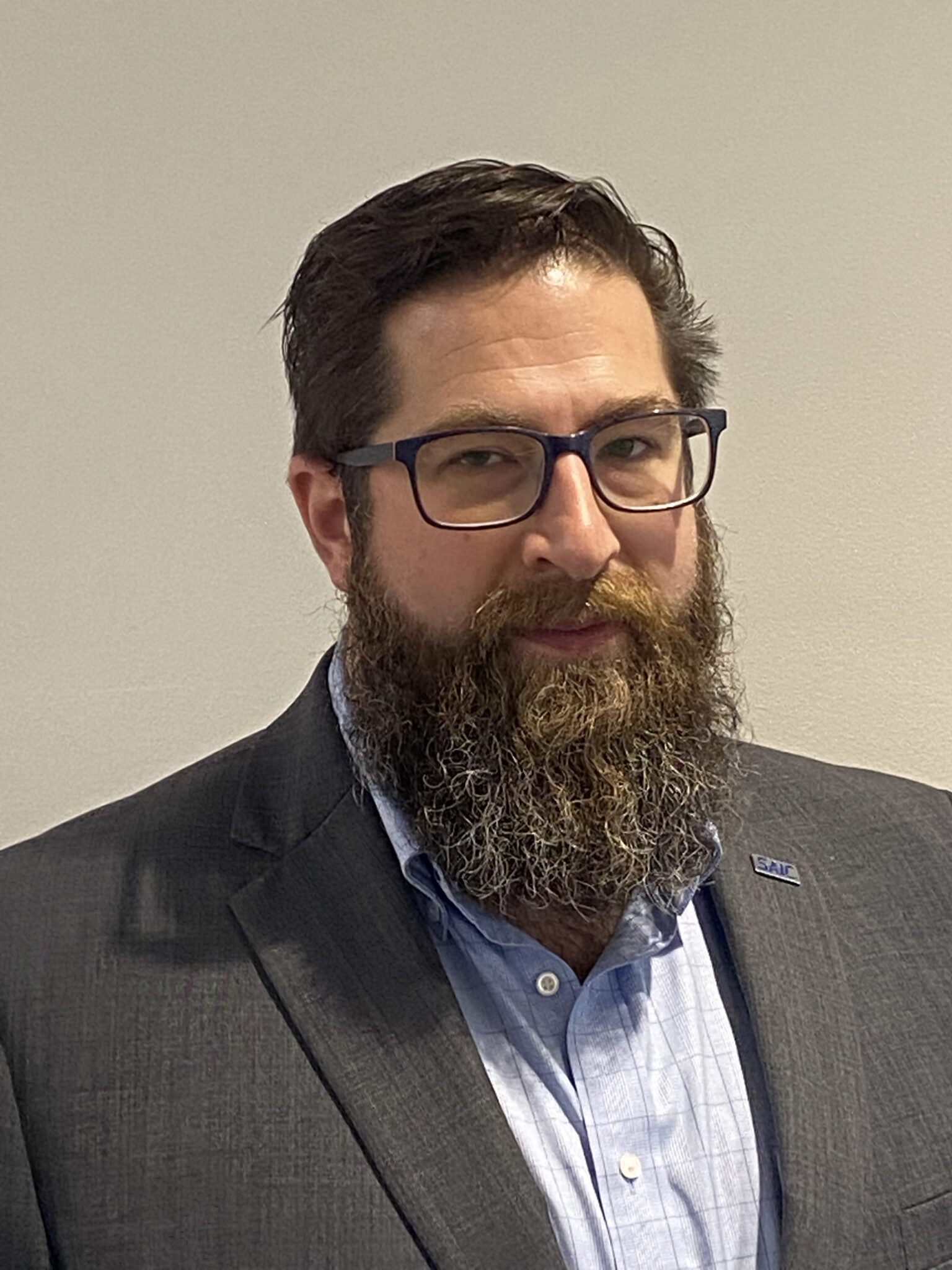
The finalists for WashingtonExec’s Pinnacle Awards were announced Oct. 11, and we’ll be highlighting some of them until the event takes place live, in-person Nov. 30.
Next is Artificial Intelligence Industry Executive of the Year (Public Company) finalist Jason “Jay” Meil, who’s the director of data science and chief data scientist for SAIC’s Artificial Intelligence Innovation Factory. Here, he talks key achievements, primary focus areas going forward, learning from failures and more.
What Key Achievements did you have in 2021/2022?
The past two years have been very busy within SAIC’s Artificial Intelligence Innovation Factory. Last year, SAIC acquired Koverse, a software company that provides a Zero Trust data fabric and multi-level security tool. We also built and integrated a data science and analytics platform that enables non-technical users to interact with data from a tactical edge. These platforms provide analysts, operators and warfighters with a navigable toolset.
We also designed, tested and fielded multiple deep learning algorithms that are operating across the Department of Homeland Security, Department of Defense and the intelligence community, providing operational inference through our mission accelerators. This integrated data science suite has brought in around $3 billion in new contract wins across our business units.
I was also proud to be named as SAIC’s Corporate MVP for 2022, an award based on leadership, vision and the execution of business goals.
What has made you successful in your current role?
I am very much an inventor and a galvanizer. That means I am in my element when I am solving tough problems for our customers. Once a solution is identified, I enjoy rallying our team around finding solutions that work.
However, I believe the key to success has been active listening. For me, that looks like coming to meetings with our customers with a blank slate and no preconceived notions. I’m in “receive mode” as opposed to “transmission mode,” which helps me understand our customer’s problems with a holistic view. Once there is understanding of the need, we are ready to build out solutions.
What are your primary focus areas going forward and why are those important to the future of the nation?
Our goal has been to operationalize AI for our customers, to empower them to interact with data, run queries and operate machine learning. We want to provide a seamless environment using a point-and-click interface, at the tactical edge. With the ubiquitous nature of data acquisition and a growing landscape of AI proliferation across both our forces at home and our adversaries, we are focusing on protecting data algorithms from exterior threats.
We are also focused on learning how to use the same technologies to counter our adversaries. As we rely more heavily on machine-to-machine communication and machine inference, we need to protect these technological assets from attack. We do this through offensive and defense adversarial machine learning techniques, designed to protect our algorithms and tools used to protect and assist our nation’s warfighters.
What is one key thing that you learned from a failure?
Failure taught me how to communicate clearly and manage expectations about AI. There is a significant amount of misunderstanding about capabilities for the current generation of AI. Specifically, I came to understand that while data science and AI technology is exciting and offers endless applications, we still need to help our customers understand its capabilities. I have learned it’s important to manage our customers’ expectations by defining what problems we can solve using AI as a tool. After we establish clear objectives, there needs to be a frank and very real discussion about costs and logistics around utilizing AI as a solution.

